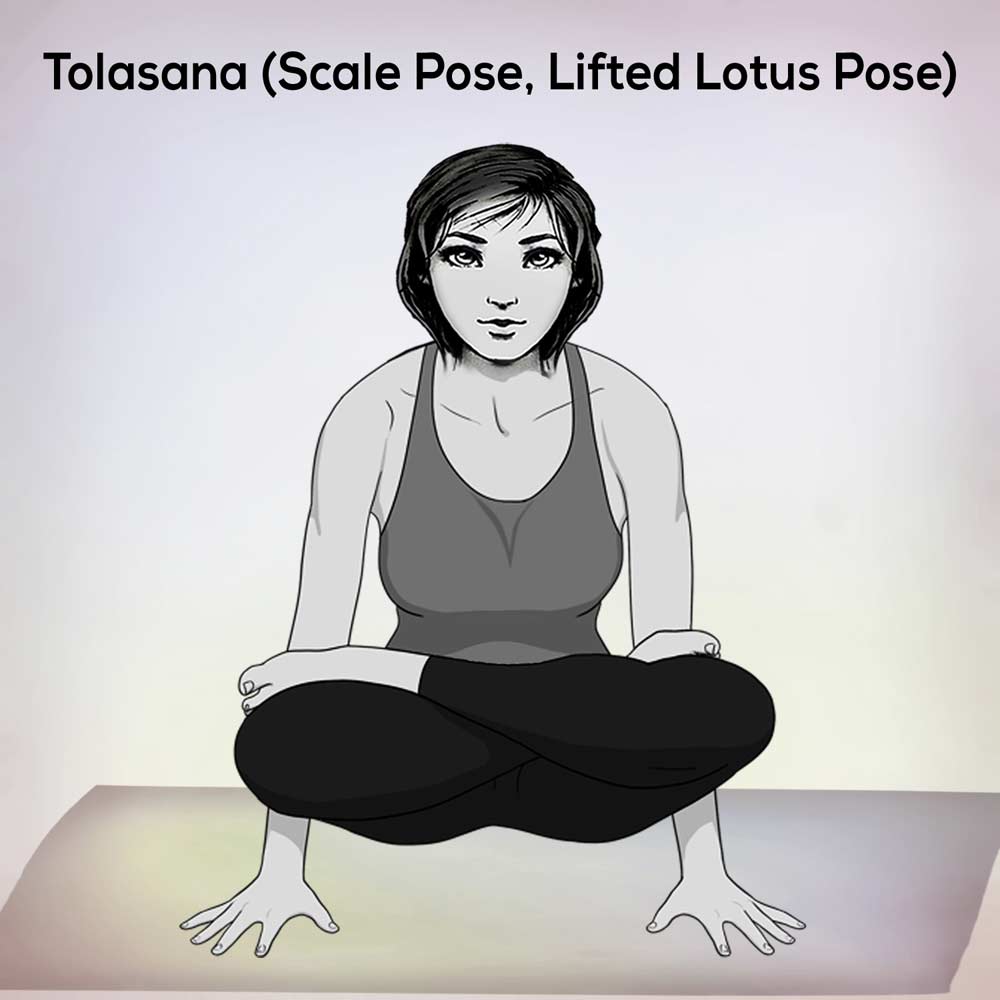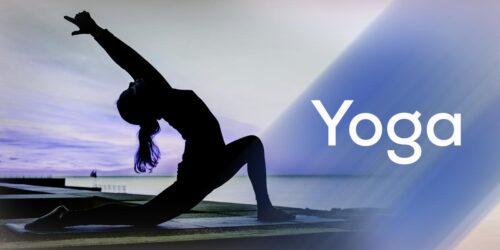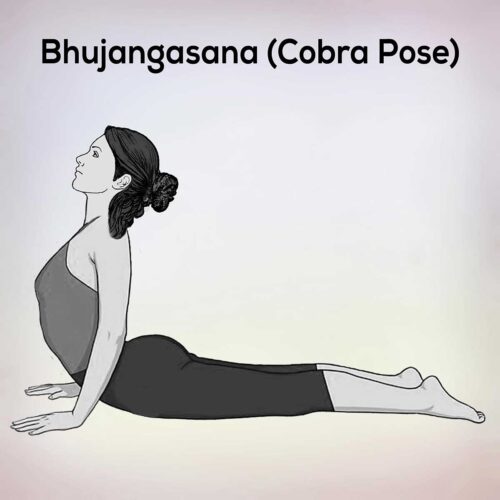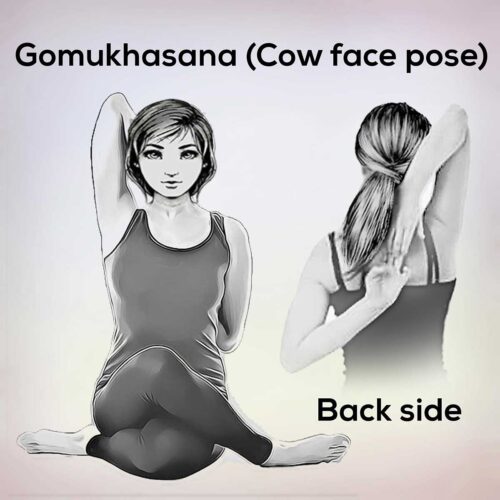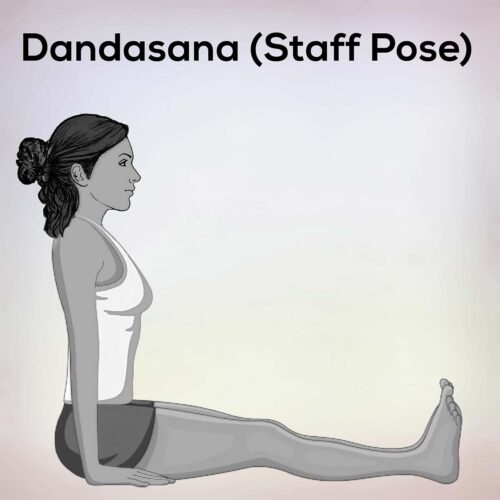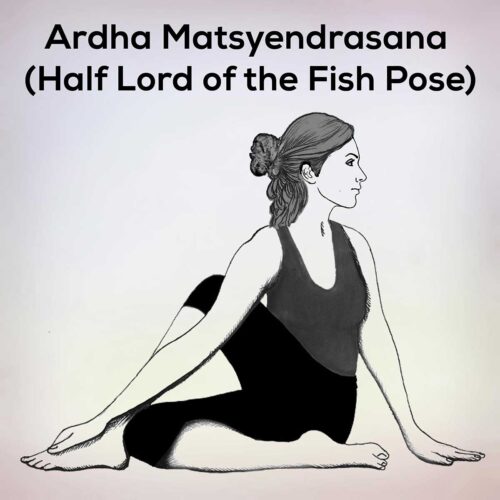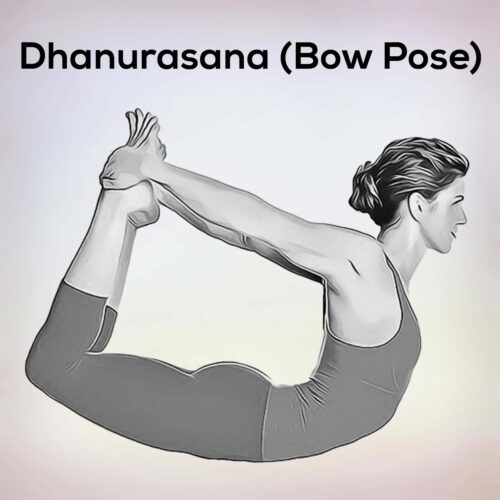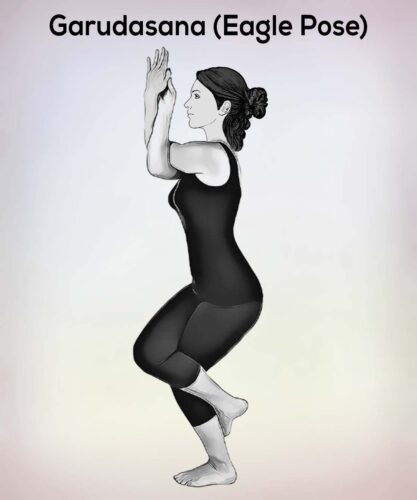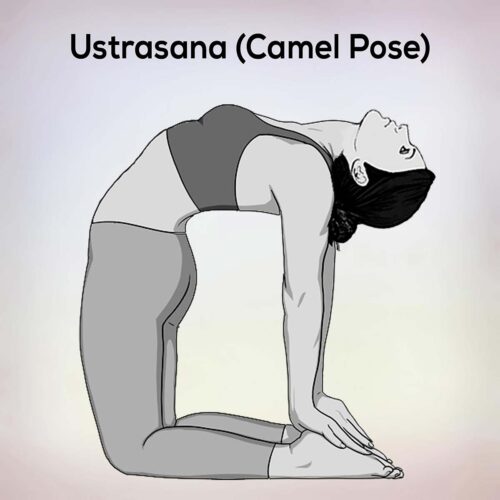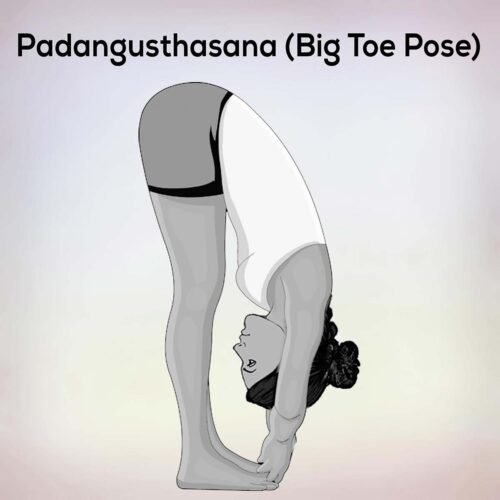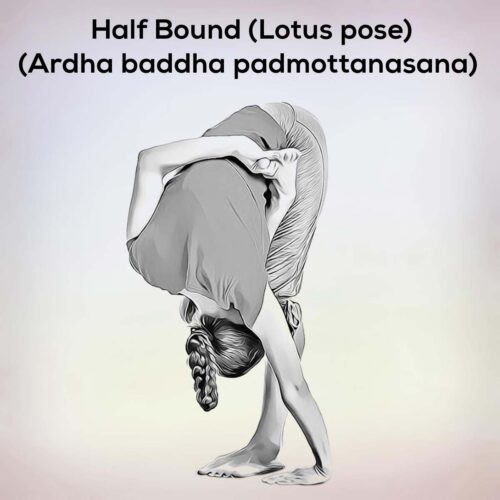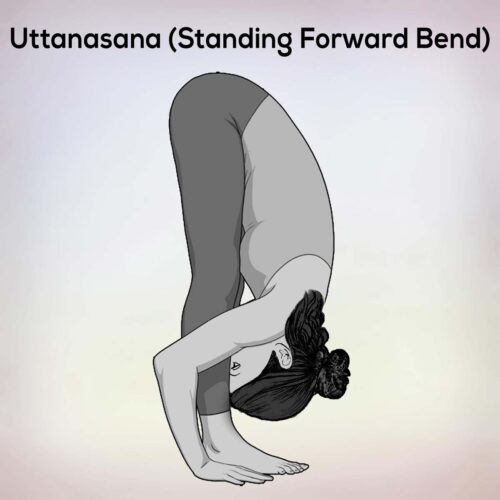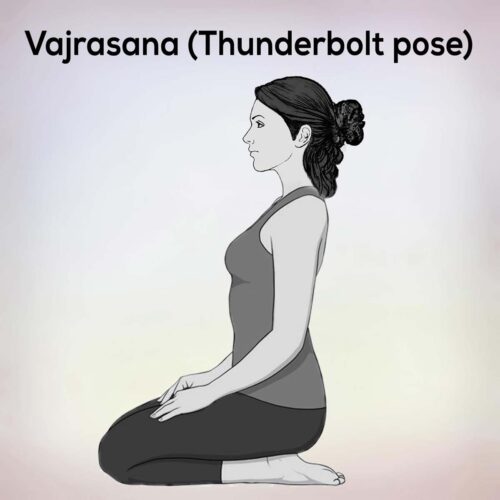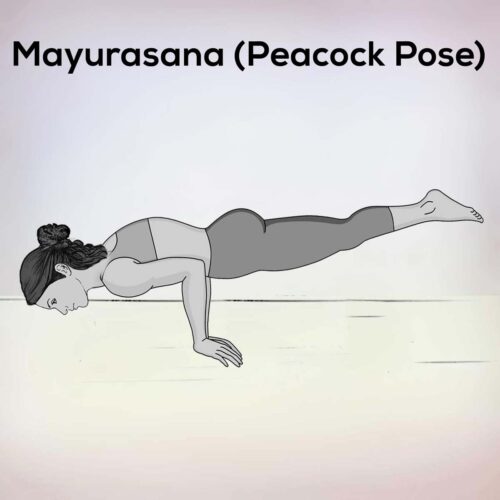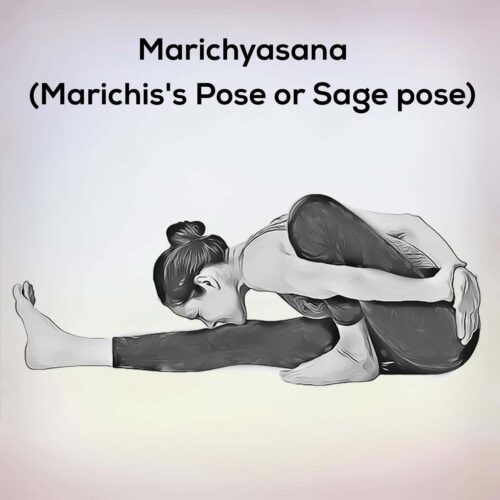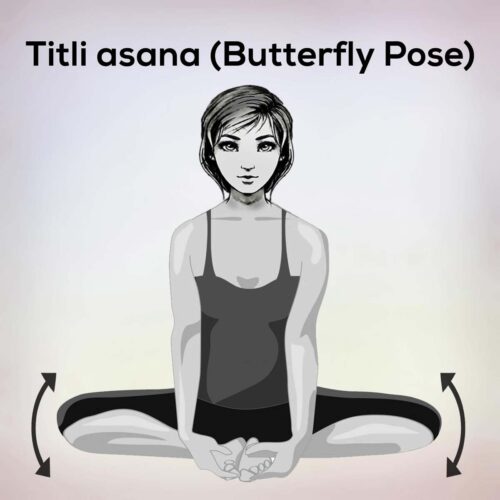Tolasana | Scale Pose | Lifted Lotus Steps, Benefits, And Precautions
Tolasana, also known as Scale Pose or Lifted Lotus Pose, is an intermediate-level yoga asana that primarily targets the arms and core muscles. The name “Tolasana” comes from two Sanskrit words: “Tola,” meaning scale, and “Asana,” meaning pose.
Tolasana is a challenging and beneficial yoga pose that provides various benefits for the body and mind. As a weight-bearing pose, it strengthens the muscles of the arms, shoulders and core, promoting better stability and balance.
This article discusses the right way to do Tolasana (Scale Pose). It also tells about the benefits of Tolasana and the precautions you should take during its practice
Let us know the steps of practicing Tolasana (Scale Pose) and its various benefits through this table of contents.
1)- Tolasana (Scale Pose) Steps
2)- Tip for Beginners
3)- Benefits of the Tolasana (Scale Pose)
4)- Precautions for Tolasana (Scale Pose)
Tolasana (Scale Pose) Steps
- Sit on the floor with your legs extended.
- Bend your knees and place your feet flat on the floor, keeping them hip-width apart. Cross your legs and come into the Lotus Pose.
- Place your hands a few inches behind your hips with your fingers pointing forward.
- Press your palms firmly into the ground and engage your arm muscles.
- Lift your body off the ground by using your arms and core strength.
- Bring your feet off the floor, crossing your legs in a lotus position if possible. Your hands should be the only part of your body touching the floor as you balance your full body weight.
- Balance on your palms, keeping your chest lifted and spine straight.
- Hold the pose for a few breaths.
- Lower your feet back to the floor to release the pose.
- Repeat the practice as desired, ensuring proper alignment and steady breathing throughout.
Tip for Beginners
Start with support: Begin with supported variations of Tolasana using yoga blocks or cushions under your feet to reduce the intensity.
Warm-up: Always warm up your wrists, arms, and core before attempting Tolasana to prevent strain and injury.
Gradual progression: As you gain strength and confidence, decrease the support gradually and work towards lifting your feet without assistance.
Patience and consistency: Progress may take time; be patient with yourself and practice consistently to improve your strength and flexibility.
Listen to your body: Pay attention to how your body feels during the pose and respect its limits to avoid overexertion.
Benefits of the Tolasana (Scale Pose)
- Core Strength: Tolasana is an excellent core-strengthening pose. It targets the rectus abdominis, transverse abdominis, and obliques, helping to tone and build strength in the entire core region.
- Arm and Shoulder Strength: This pose requires significant engagement of the arm and shoulder muscles to support the body’s weight, leading to increased strength and stability in these areas.
- Improved Balance: Balancing the body on the palms while lifting the feet challenges and improves overall balance and coordination.
- Hip Flexor Stretch: Tolasana involves bending the knees and bringing the feet close to the body. This action provides a gentle stretch to the hip flexors, which can be beneficial for people with tight hips.
- Energy Flow: The lift of the body in Tolasana encourages energy flow throughout the body, invigorating and revitalizing the practitioner.
- Concentration and Focus: Maintaining the balance in Tolasana requires concentration and focus, which can help calm the mind and enhance mental clarity.
- Digestive Stimulation: The compression of the abdomen in Tolasana can stimulate the digestive organs, potentially aiding digestion.
Precautions for Scale Pose
Practicing Tolasana (Scale Pose) can be physically demanding, so it’s essential to take some precautions to ensure a safe and effective practice. Here are some precautions to consider
- Before attempting Tolasana, ensure your wrists are adequately warmed up. Perform gentle wrist stretches and rotations to prevent strain and potential injuries to the wrists.
- Engage your core muscles throughout the pose to support your lower back and maintain stability. This will not only enhance the pose but also protect your back from unnecessary strain.
- If you have any wrist, shoulder, or core injuries, or if you are recovering from recent surgery, it’s best to avoid Tolasana until you have fully healed. Instead, focus on restorative or gentle yoga poses that promote healing and recovery.
- Tolasana is an intermediate-level pose, so it’s important to progress gradually. If you are new to the pose, start with your feet lightly touching the floor and gradually work on lifting them as your strength and confidence improve.
- If you find it challenging to lift your entire body weight off the floor, consider using yoga blocks or cushions under your hands for additional support. This can help you gradually build the strength and confidence needed for the full expression of Tolasana.
- Maintain steady and smooth breathing throughout the pose. Avoid holding your breath, as it can lead to tension and reduced stability.
- As with any yoga pose, listen to your body and practice with awareness. If you experience pain or discomfort, ease out of the pose and modify as needed. Do not force yourself into the pose beyond your current capabilities.
If you are new to Tolasana or have specific health concerns, consider seeking guidance from a qualified yoga instructor. They can provide personalized instructions, modifications, and adjustments based on your individual needs.
By taking these precautions and approaching Tolasana mindfully, you can enjoy the benefits of this empowering pose while minimizing the risk of injury or strain. Remember that yoga is a journey, and progress.
Legal Disclaimer: Before participating in any exercise program or using any fitness products or services that may be described and/or made accessible in or through the Nexoye Website and/or the Services, you should consult with a physician or other healthcare provider.
